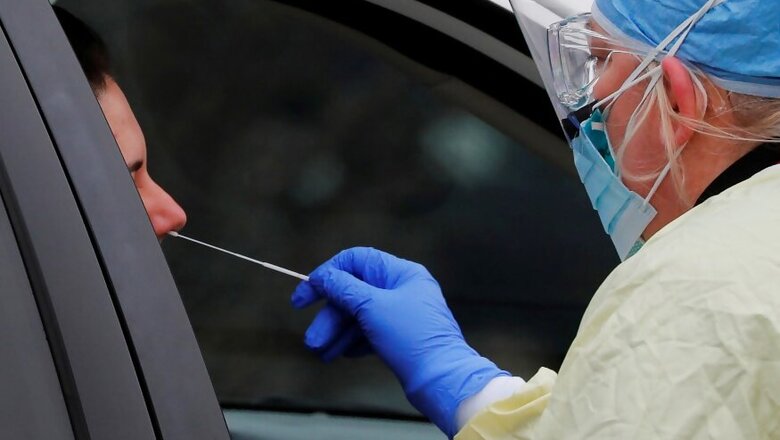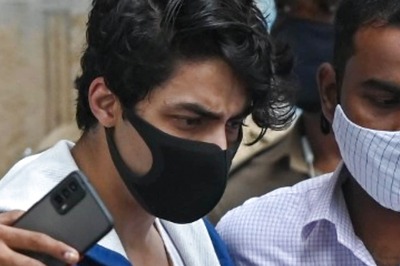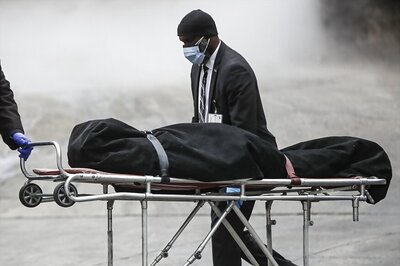
views
Scientists have developed an experimental diagnostic test for COVID-19 that can visually detect the presence of the novel coronavirus in 10 minutes, an advance that may lead expansion of testing for the virus across the world.
According to the study, published in the journal ACS Nano, the test uses a simple assay containing gold nanoparticles to detect a colour change when the virus is present.
The researchers from the University of Maryland School of Medicine (UMSOM) said the test does not require the use of any advanced laboratory techniques, such as those commonly used to make multiple copies of the viral genetic material for analysis.
"Based on our preliminary results, we believe this promising new test may detect RNA material from the virus as early as the first day of infection," said study lead author Dipanjan Pan from UMSOM.
However, Pan said additional studies are needed to validate whether the test can achieve this reliably.
In this experimental test, once a nasal swab or saliva sample is obtained from a patient, the RNA is extracted from the sample via a simple process that takes about 10 minutes, the study noted.
According to the scientists, the test uses a highly specific molecule attached to gold nanoparticles to detect a particular protein that is part of the genetic sequence unique to the novel coronavirus.
When this biosensor binds to the gene sequence, the study said the gold nanoparticles respond by turning the liquid reagent from purple to blue.
"The accuracy of any COVID-19 test is based on being able to reliably detect any virus. This means it does not give a false negative result if the virus actually is present, nor a false positive result if the virus is not present," Pan explained.
He said many of the diagnostic tests currently on the market cannot detect the virus until several days after infection.
"For this reason, they have a significant rate of false negative results," he added.
The researchers believe that the RNA-based test is very promising in terms of detecting the virus.
Although more clinical studies are needed to ascertain the effectiveness of the test, they said it could be far less expensive to produce and process than a standard COVID-19 lab test.
It does not require laboratory equipment or trained personnel to run the test and analyse the results, the scientists said.
They added that it could potentially be used in daycare centers, nursing homes, college campuses, and work places as a surveillance technique to monitor any resurgence of infections.


















Comments
0 comment